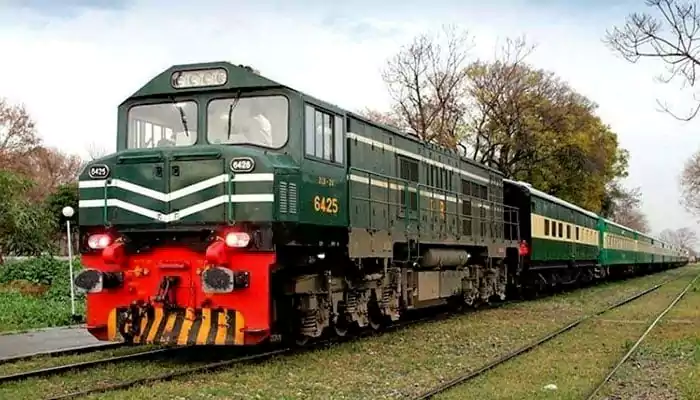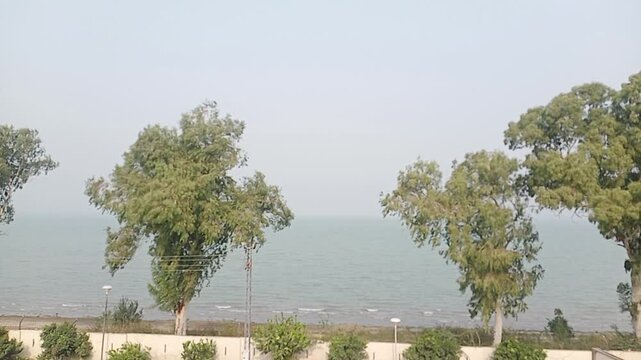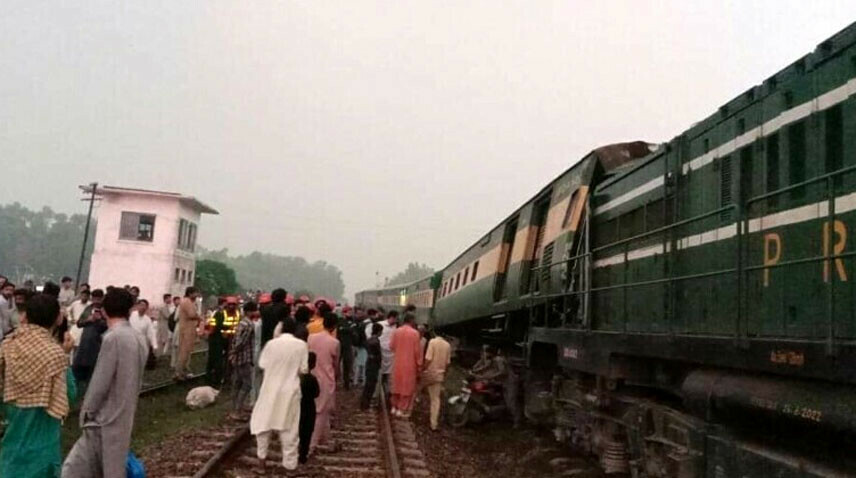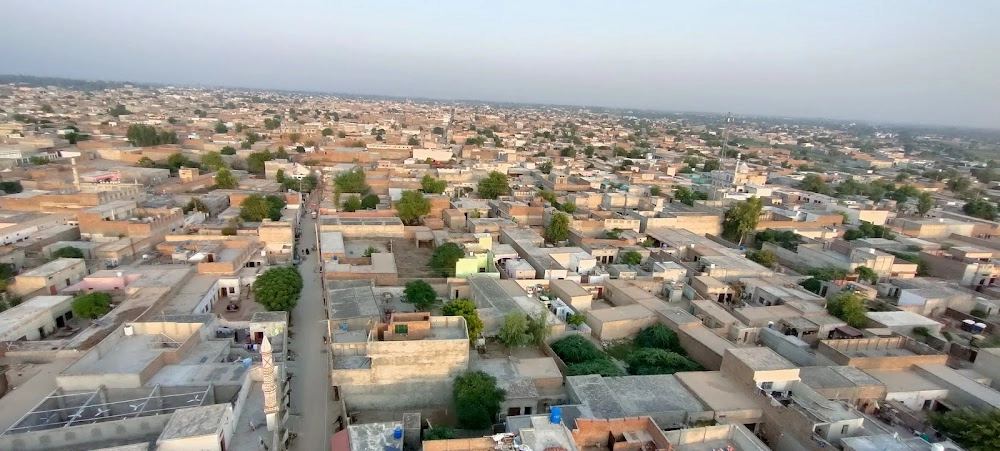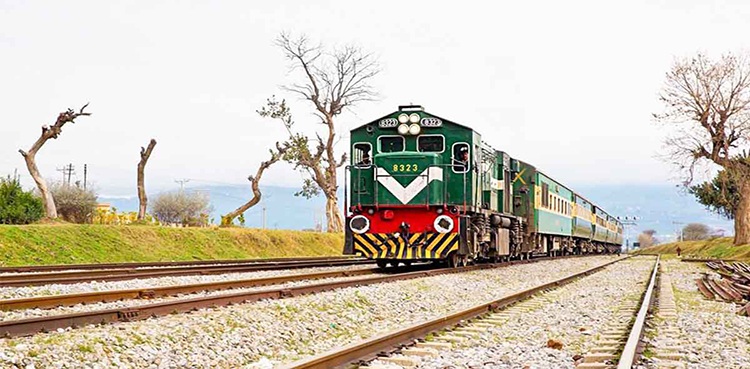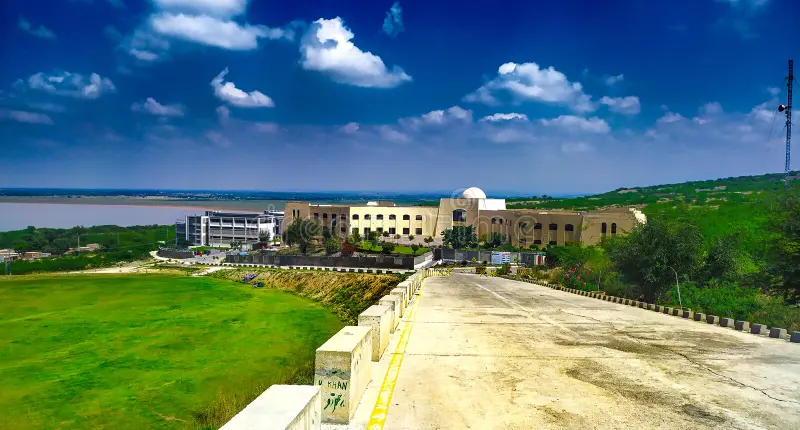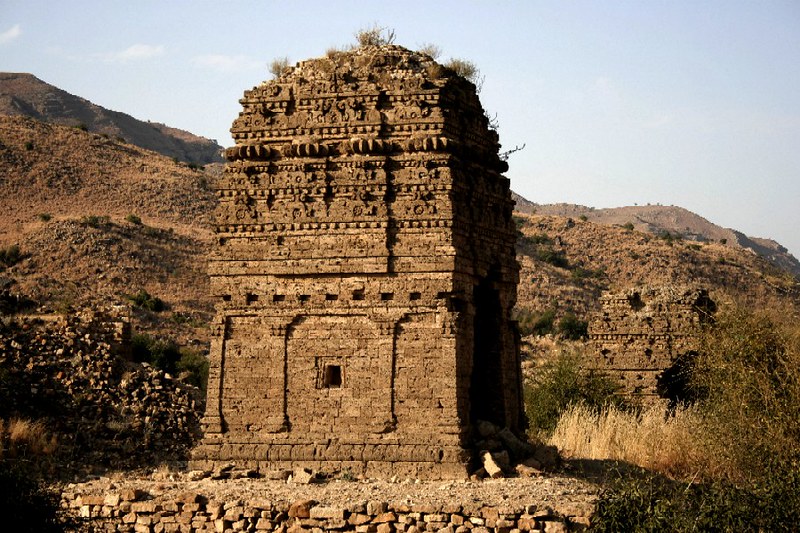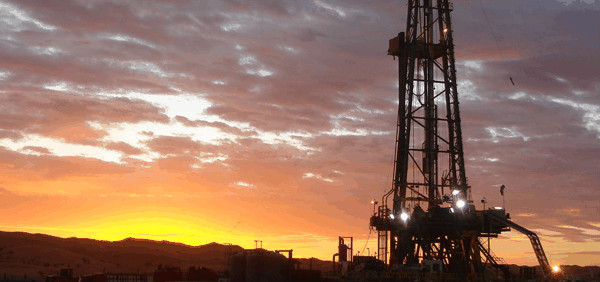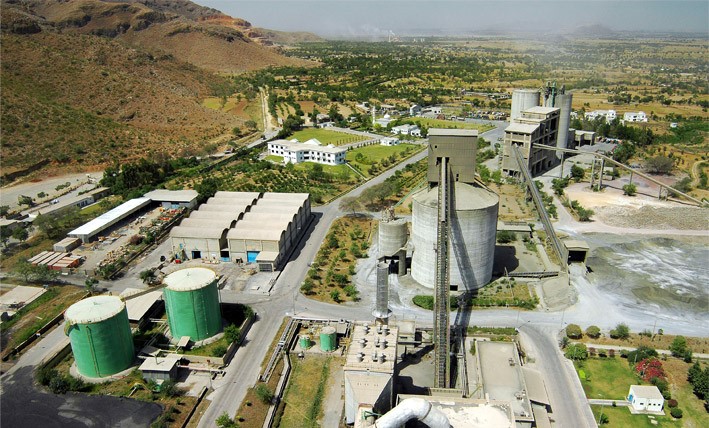
About the Mianwali
A Tapestry of Heritage, Nature, and Progress
Mianwali, a city located in the northern part of Punjab, Pakistan, is a place of great historical significance, cultural richness, and natural beauty. Known for its stunning landscapes, fertile land, and deep-rooted cultural traditions, Mianwali is not only a picturesque town but also an integral part of the region's historical and social fabric. The city is often described as a peaceful haven that strikes a perfect balance between tradition and modernity.
Nestled between the rich plains of the Punjab region and the arid deserts to the north, Mianwali's geography has played a crucial role in shaping its economy and lifestyle. The city is bordered by the mighty Indus River to the west, and this proximity to the river has contributed to its growth as a center for agriculture, trade, and industry. With its unique mix of lush fields, arid deserts, and rugged hills, Mianwali offers a visual spectacle that few cities can match.
However, Mianwali’s charm extends beyond its geographical setting. The city boasts a remarkable history that spans several centuries, influenced by various empires and civilizations. Its past is marked by both cultural glory and periods of hardship, but throughout its history, Mianwali has managed to preserve its unique identity. From ancient civilizations to the British colonial era and its post-independence transformation, Mianwali has played a role in shaping the larger narrative of Pakistan.
Geography and Location
Mianwali is located in the northern part of Punjab, surrounded by a diverse range of natural features. To the north, it is bordered by the rugged hills of the Khyber Pakhtunkhwa province, while the southern part of the district opens up into the expansive plains of Punjab. The city is situated about 300 kilometers from Lahore, the provincial capital, and is well-connected to other major cities by road and rail.
The most prominent natural feature of Mianwali is the Indus River, which runs along the western edge of the district. The river is not only a source of life for the local population, but it also shapes the local ecosystem, providing irrigation for crops, water for livestock, and opportunities for fishing. The fertile lands along the riverbanks have made Mianwali an agricultural hub, with wheat, cotton, sugarcane, and rice being the primary crops grown in the region.
Mianwali’s natural beauty extends beyond the river. The region is home to vast stretches of desert and hills, which give it a distinctive charm. The Thal Desert to the south of the city is a vast, arid expanse that contrasts sharply with the fertile plains to the north. This unique juxtaposition of desert and fertile land adds to the city's appeal, as it offers a wide range of landscapes for nature lovers and travelers alike.
Early History and Formation
The history of Mianwali can be traced back to ancient times, though much of its early history remains obscure due to a lack of written records. The region has been inhabited for thousands of years, with evidence of human activity dating back to the Indus Valley Civilization. While Mianwali itself was not a central site of this ancient civilization, its proximity to the Indus River suggests that it played a role in the trade and agricultural activities of the time.
Over the centuries, Mianwali came under the rule of various empires and kingdoms. During the early medieval period, the region was part of the Ghaznavid Empire, and later the Delhi Sultanate. These empires left their mark on the culture and architecture of the region, though much of their influence is now faded. Mianwali’s strategic location on the banks of the Indus made it a valuable territory, with rulers seeking to control the fertile land and the river's resources.
With the arrival of the Mughal Empire in the 16th century, Mianwali began to develop into a more established settlement. The Mughals were great patrons of architecture and the arts, and although Mianwali did not experience the same level of grandeur as cities like Lahore or Agra, it benefitted from the empire's infrastructural improvements. During this period, the construction of canals for irrigation and the introduction of new agricultural techniques helped boost the local economy, setting the foundation for Mianwali's agricultural success in later centuries.
In the 19th century, during the British colonial era, Mianwali was formally incorporated into the Punjab province. The British administration invested in infrastructure projects, including the construction of roads, railways, and irrigation systems, which transformed Mianwali from a rural outpost into a more connected and prosperous district. The railway network, in particular, played a key role in facilitating trade and communication with other parts of the country.
Modern Mianwali
Today, Mianwali is a growing city that blends its rich historical legacy with the challenges and opportunities of the modern world. It is an administrative, educational, and economic center for the surrounding region, with a diverse population that includes people from various ethnic backgrounds and professions.
The city has undergone significant modernization in recent years, with improvements in infrastructure, healthcare, and education. New housing developments, roads, and public buildings have sprung up, transforming Mianwali into a bustling urban center. Despite this growth, Mianwali has managed to retain its small-town charm, with a slower pace of life that offers respite from the hustle and bustle of larger cities.
One of the key aspects of modern Mianwali is its agricultural economy. The district continues to be one of Pakistan’s leading producers of crops, particularly wheat, cotton, and rice. The vast irrigation systems introduced during the British era are still in use today, and modern farming techniques have further improved the productivity of the land. In recent years, the city has also seen the development of a small but growing industrial sector, with local factories producing textiles, cement, and building materials.
Cultural Heritage and Traditions
Mianwali’s cultural heritage is rich and diverse, shaped by its history and the many communities that have lived in the region. The city is known for its vibrant folk traditions, which include music, dance, and storytelling. Traditional forms of music, such as ghazals and qawwalis, are performed at local gatherings and festivals, and these performances are an integral part of the city’s social life.
Mianwali is also famous for its unique handicrafts, which reflect the artistic traditions of the region. Local artisans produce intricate pottery, textiles, and embroidery that are highly prized both within Pakistan and internationally. The city’s markets are filled with stalls selling these handmade goods, offering a glimpse into the craftsmanship of Mianwali’s people.
Religious and cultural festivals play an important role in the lives of Mianwali’s residents. Islam is the dominant religion, and the city is home to a number of historic mosques, many of which were built during the Mughal and colonial periods. These mosques are not only places of worship but also serve as community centers where people come together for social and religious events.
Address: HGMQ+G2R, Mianwali, Pakistan
